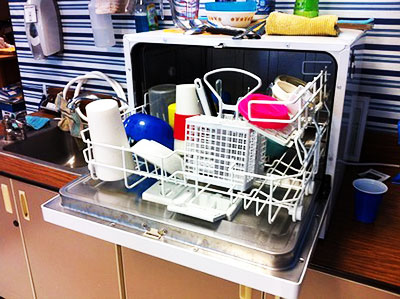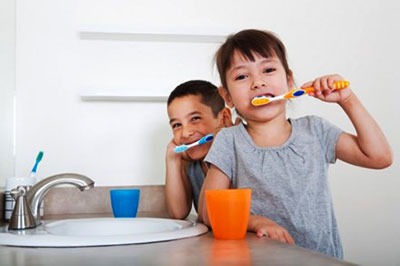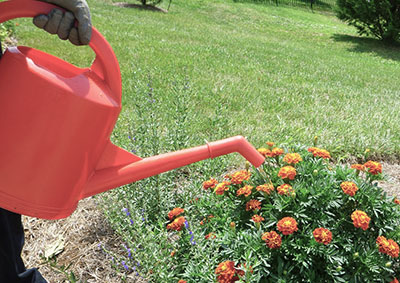Do you know that wasted water counts a lot in your water bill? That’s true. This is water that was never put to any productive use, but you end up paying for it. For instance, if you leave water running when brushing your teeth, it will count on your final bill. If you look at it carefully, you waste more water than what is used to brush your teeth. But you can avoid such unnecessary costs by practising water saving measures around your home. There are three areas in your home where water is most used. You can devise ways on how to save it in each of them. Try these water saving tips, and you will see a significant drop in your water bill.
Kitchen
By being one of the areas in our homes where a good amount of water is used, the likelihood of waste water is also high. How many times do you leave kitchen faucets running? How do you wash your dishes? These are some of the ways that water gets wasted in the kitchen. Here are tips to help you stop wastage in this area:
Use the Dishwashers

Water-smart Washers
Unlike the traditional dishwashers, water-smart washers are known for their water efficiency. They do not pre-rinse your dishes thus making it possible to save a lot of water. Note that pre-rinsing stage takes more than 50 % of total dish cleaning water. This means that the device will cut your kitchen water almost by half. It has been established that the appliance can use one-third less water that other dishwashers.
Avoid Garbage Disposals
Although garbage disposals are useful in getting rid or smelly items, they are also very expensive run especially if you have a leaky garbage disposal unit. A lot of water is needed to make these appliances function and this will spike your water bills. Going for a garbage can would be the perfect choice if you are interested to taming your water bills.
Low Flow Faucets
Faucets take up a lot of water with most of it being waste. But you can change this by installing some of the most water efficient faucet in the market. They are readily available on your local hardware. Go for low-flow faucets and you will see a significant change in your bills. These are special faucets that help you cut on water wastage without compromising performance.
In The Bathroom
This is another area that takes up a lot of water. In fact, bathroom activities count for the highest percentage of the total water used in our homes. Such large volumes of water consumption translate to same figure of the wasted water. If you can manage to control water wastage in the bathroom, you will see a significant drop in your water bills. Here are tips can help curb water wastage in the bathroom.
Be a Faucet Hawk

Go Low Flow
Going low flow is a great measure of water wastage in the bathrooms. Whether it’s a shower head or a faucet, you need to ask how many litres or gallons of water it can deliver per minute. Take the lowest. Low flows will reduce the amount of water used by more than one-third. There are different types of low flow products that you can employ in your bathroom to ensure water is utilised to the maximum.
Take Less Baths
If you love using bathtubs most of the time, then you can change to more showers if you really want to cut on the cost of water. In most cases, tubs require more than 30 gallons of water to bath compared to about 20 gallons for a ten-minute shower. If you can use less than ten minutes, you can imagine the amount of water it can save compared to bathtubs. If you’re using a low flow shower head, then the amount of water used will be much less.
Test for Leaky Toilets
Note that leaky toilets contributed the highest amount of water wasted in the bathrooms. Sometimes, it’s difficult to identify the leak, particularly if it’s a small one. Carry out tests that can help in identifying possible leak from the toilet tank into the bowl. Colour test is the most effective test for this. Put some food colouring in the toilet tank and wait for thirty minutes or an hour. If the colour can be seen in the bowl, you have a leak. If you cannot fix on yourself, just call your local plumber.
In the Gardens

Use Watering Cans
Watering cans are a form of low flow products that can reduce the amount of wasted water in the gardens. Compared to hosepipe that delivers around 1000 gallons per hour, the watering will use almost a half of this for the same time.
Mulching and Recycled Water
Mulching your plants helps in preserving their water. This means you will require less water to keep the plants green. You can also make use of the recycled water on plants. As long as it’s not contaminated, you can use it on plants to save clean tap water.



